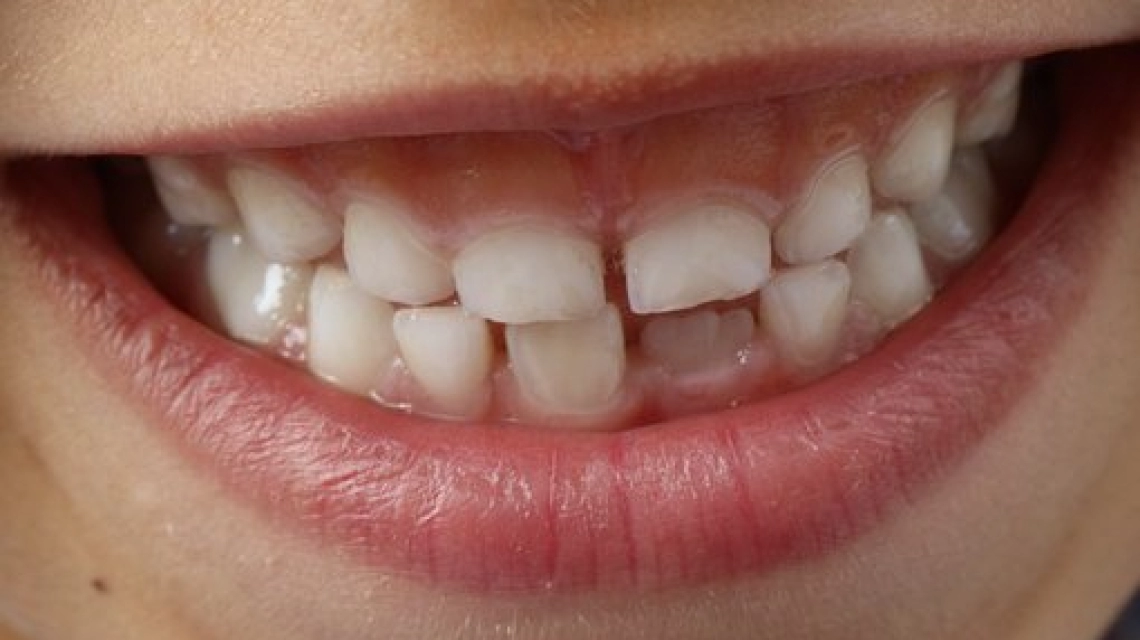Preventive filings / Hole and slot covers / Sealants
- Homepage
- Services
- Pediatric dentistry
- Preventive filings / Hole and slot covers / Sealants
Services

Preventive filings / Hole and slot covers / Sealants

Preventive fillings or sealants are thin, protective coatings applied to the chewing surfaces of the molars and premolars to help prevent the development of caries. These surfaces often have cracks, grooves and crevices that can trap food bacteria, making them more susceptible to decay.
Preventive fillings/sealants:
- Purpose: to create a smooth surface on the chewing surfaces of teeth, making it more difficult for bacteria and food to accumulate in the grooves and cause decay.
- Material: liquid composite resin that hardens with a special light.
- Application process: a quick and painless process, clean and treat tooth surface and apply the material to the tooth.
- Age of application: on permanent molars and premolars shortly after they have grown, usually between 6 and 14 years of age.
- Effectiveness: highly effective in preventing caries on the chewing surfaces of the teeth. They act as a barrier, protecting vulnerable areas from decay.
- Durability: preventive fillings are durable and can withstand the forces of normal chewing for several years. However, they may need to be checked during regular dental examinations and can be reapplied if necessary.
- Maintenance: proper oral hygiene practices, including regular brushing and flossing, should be maintained even with preventive fillings.
Preventive fillings are a valuable preventive measure, especially for children and adolescents, to protect teeth from decay in hard-to-reach areas. If you have specific concerns about cracks and grooves in your teeth, it is recommended that you consult with your dentist, who can provide personalized, needs-based advice.
- Clinic Address
Kimonos 6, Marousi 151 22 - Contact e-mail
info@dimopoulou-dental.gr - Contact Phone
+30 210 8029463 - Clinic hours
Mon - Wed 12:00 AM - 9:00 PM
Friday - 12:00 AM - 9:00 PM
Saturday Sunday - Closed
